This blog post may contain references to products or services from one or more of our advertisers or partners. We may receive compensation when you click on links to those products or services.
If you’re ready to take control of your finances and give budgeting a go, you might be wondering where to start.
In a nutshell, budgeting means planning how you will allocate (spend) your money, then tracking your spending to see how it aligns with your plans.
These days, there’s no shortage of budgeting apps and software programs to help you do this. Whether they are free or paid, these budgeting tools are designed to automate the process of tracking your spending to make budgeting easier.
That’s great, but it might not be the best fit for you, especially if you’re new to this whole budgeting thing. If you’re starting out, we actually recommend kicking it old school with a pen and paper budget planner. Here’s why.
The O.G. budget: pen and paper
Before computers came on the scene, people balanced their budgets the old-fashioned way: using pen and paper.
Basically, you write down your monthly income, and then you make a list of all your monthly expenses. This includes things like bills, groceries, fun money, and savings. The total of the expenses can’t exceed your income.
Then, you make two columns. On the left, you list all your spending categories. Leave the right blank so that you can record transactions in each category as they happen throughout the month. It works best if you take a couple of minutes to do this every day.
At the end of the month (or periodically throughout, if you like), add up the totals for each category and see how they compare to the plan you made at the beginning of the month,
Pros of using a pen and paper budget
- It’s very simple – no tech skills necessary
- No tools required besides some paper, a pen, a basic calculator, and a couple of minutes per day
- Free (who doesn’t love free?)
- Recording your transactions every day makes you mindful of how you’re spending your money – this is big
Cons of the pen and paper budget
- Manually recording your transactions every day takes a bit of time and effort
- You have to keep paper records on hand – might not be appealing if you’re trying to go green or avoid clutter in your home
Budgeting apps and software
When using a budgeting app to set up your budget, you begin in basically the same way. First, you input all your expense categories and how much you plan to spend on each one over the next month. Only you do it on your computer or smartphone rather than on paper.
The big difference is in how you track your spending thereafter.
Budgeting apps and software typically connect to your bank and credit card accounts so that your transactions are automatically imported and logged. You have to assign each transaction to a category (i.e. groceries, mortgage payment, phone bill), but the app will remember your choices for recurring expenses.
This means you don’t have to manually input transactions every day, save receipts, or keep a mental tab of your spending. This saves time, and time is valuable.
Apps also do the math for you, so you don’t have to worry about adding up category totals.
Pros of using a budgeting app
- Saves time through automation – you don’t have to record transactions or add up category totals
- Forgoing paper is environmentally friendly and saves space in your home
- People who already use their smartphones to manage other aspects of their lives will appreciate having all their tools in one place
Cons of using a budgeting app
- Some comfort with technology is required
- Some budgeting apps cost money (for example, You Need a Budget)
- Automation can make your spending feel less “real”
The main reason a pen and paper budget might be your best bet: mindfulness
Using a budgeting app is definitely less work, but it comes at a cost.
The price of automatically importing transactions is that you aren’t forced to manually track your spending.
Right about now, you might be thinking…Isn’t that the point?
Well, let me ask you this: What is the purpose of budgeting? I would argue that the value of budgeting lies in tracking your spending.
Why? Because it makes you mindful (i.e. aware) of how you’re spending your money.
The idea is that you will use that new-found mindfulness to make a decision about whether or not you’re happy with how you’re spending your money. And if you’re not happy, you’ll try to make a behavioral change.
Example
Bob feels like his finances are out of control. He earns a good income, but can’t seem to set aside any money for savings. So, he decides to make a budget.
Every day, he writes down his transactions to see where all his money is going. After a couple of weeks, Bob starts to figure out what’s happening; almost every day, he has a restaurant transaction to record.
At the end of the month, Bob adds up his category totals and realizes that he spent $400 on eating out. He decides that isn’t reasonable and resolves that next month, he will budget $150 for eating out, an extra $50 for groceries, and $200 for savings.
The bottom line
An app might have helped Bob decide that he was spending too much on eating out, but writing down those restaurant transactions every day did more than that.
It helped him see, on a day-to-day basis, where his money was going. It made him mindful of how he was choosing to use his most powerful resource, and it inspired him to make a change.
That’s the value of the pen and paper budget. Yes, it takes a bit more work than letting an app import your transactions, but forcing yourself to pay attention to your spending every day brings a new level of awareness.
The same thing doesn’t happen when you rely on an app to import your transactions. Yes, you can and should review them regularly. Unfortunately, a lot of people end up letting it fall by the wayside.
The problem is that digital money is less tangible. It’s kind of like how people (who are not operating on a budget) tend to spend more when using a credit card than when using cash.
When it’s just data on an app that you review monthly, it doesn’t feel real. You don’t think about the consequences in the same way.
My advice? If you’re new to budgeting, give pen and paper a chance. You’ll be more mindful of what you spend, which can help you make a change for the positive.
Biography: Greg Johnson is a personal finance and frugal travel expert who leveraged his online business to quit his 9-5 job, spend more time with his family, and travel the world. He is the co-owner of the popular blog Club Thrifty, where he teaches others how to spend less and travel more.
Become an Insider
Editorial Disclaimer: The editorial content on this page is not provided by any of the companies mentioned and has not been endorsed by any of these entities. Opinions expressed here are author's alone
The content of this website is for informational purposes only and does not represent investment advice, or an offer or solicitation to buy or sell any security, investment, or product. Investors are encouraged to do their own due diligence, and, if necessary, consult professional advising before making any investment decisions. Investing involves a high degree of risk, and financial losses may occur.
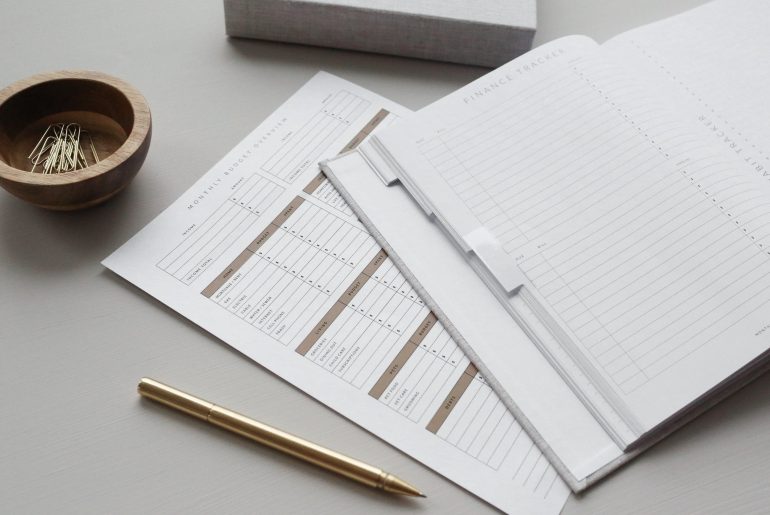
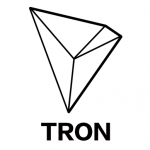


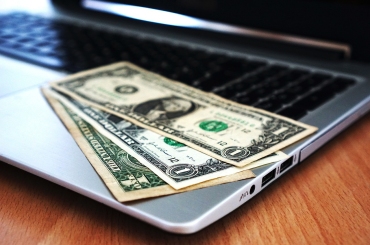

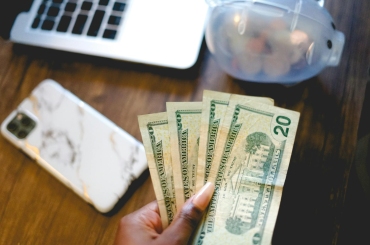


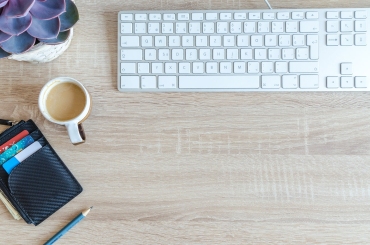
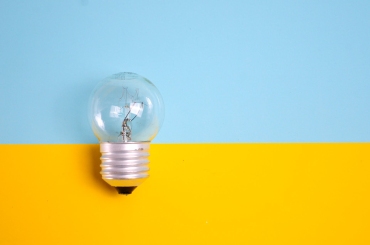

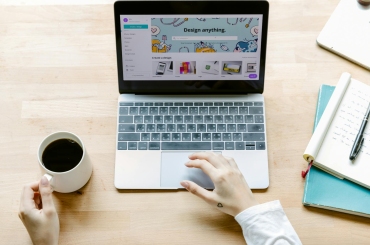
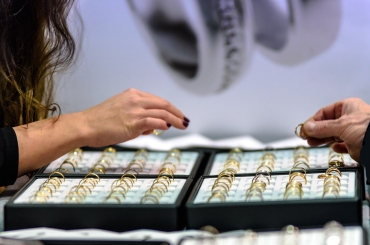
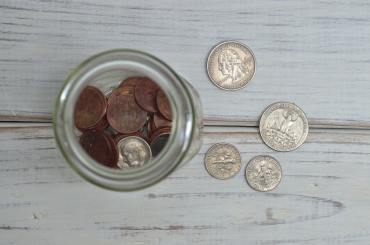


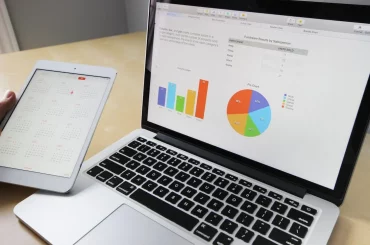
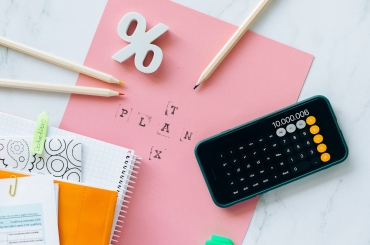


2 Comments
Thanks Shannon! 🙂
Thanks so much, Nicole!